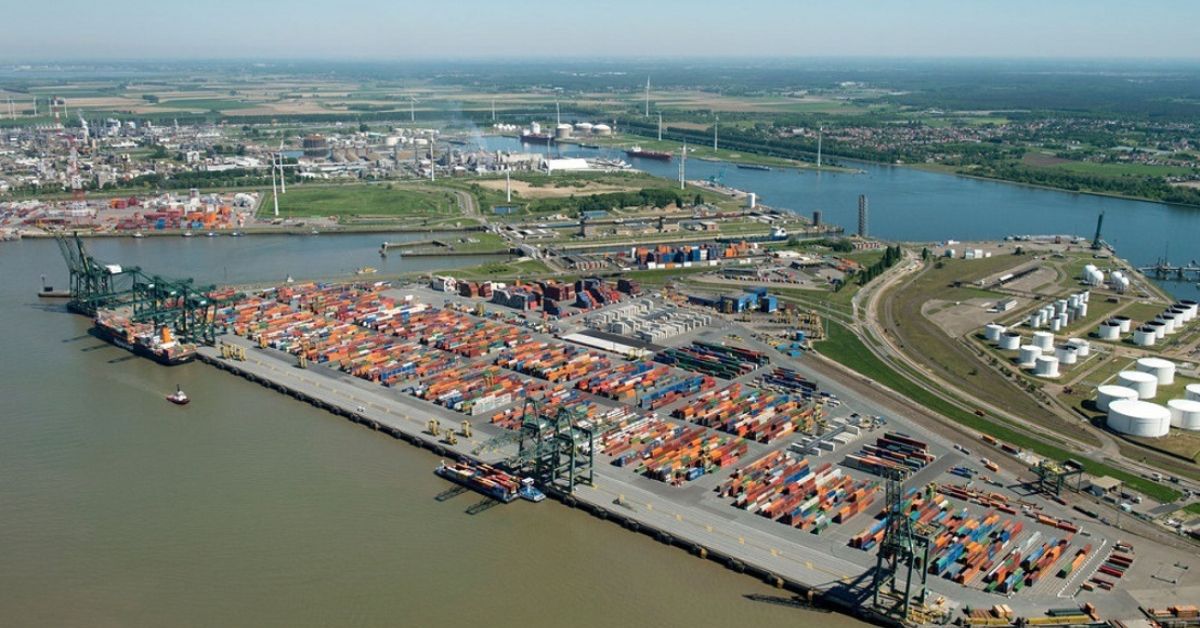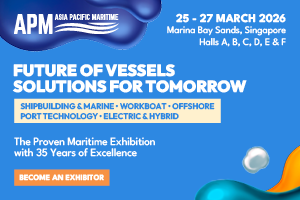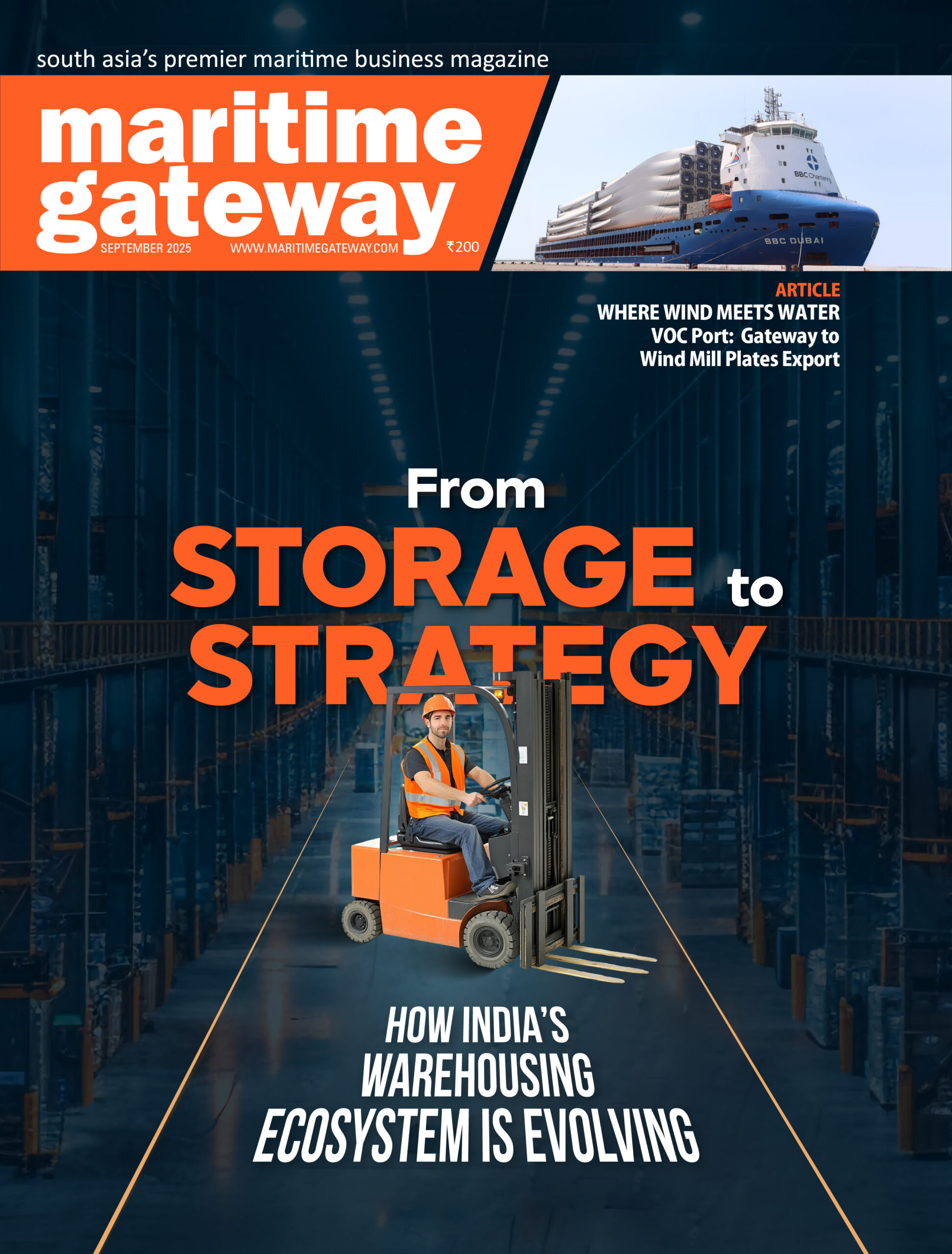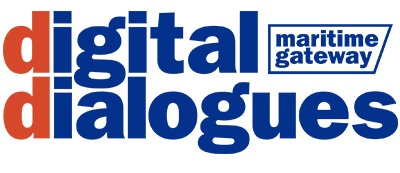With traffic and delays increasing at major gateways like Rotterdam, Antwerp, Hamburg, and Bremerhaven, Northern European container ports are experiencing their longest operational crisis since the epidemic. As of June 2025, the situation is still dire, with port officials and business executives announcing that disruptions will likely last long into the summer.
A combination of factors is driving the crisis. Strikes, rail closures, alliance restructures, and record-low inland water levels have all converged to create multi-layered disruptions that extend far beyond yard congestion,” according to a report.
Danish giant Maersk has announced it will omit Rotterdam entirely from its TA5 transatlantic service beginning 25 June. At Antwerp, officials have described the current situation as “the worst congestion since Covid-19”, with dwell times now exceeding eight days and terminal capacity at its limit.
Rotterdam is experiencing crisis-level disruption, with strikes at APM Terminals Maasvlakte II and inland barge delays of up to 48-56 hours. Inland transport is further hampered by critically low Rhine River water levels, restricting barge movements, while rail closures and construction projects are causing additional bottlenecks. Shipping lines have responded by rerouting vessels, omitting congested ports, and introducing congestion surcharges.
Terminals have also restricted the acceptance of empty containers to manage yard space. Emergency measures, such as modifying berth priorities and reducing export delivery windows, are being implemented to ease congestion, but these are also contributing to longer transit times. Industry analysts warn that disruptions are likely to persist through at least August, with peak season pressures expected to extend delays and inflate costs further. The ripple effects are already being felt across global supply chains, further exacerbated by rising instability in the Middle East and the ongoing US-China tariff standoff.









